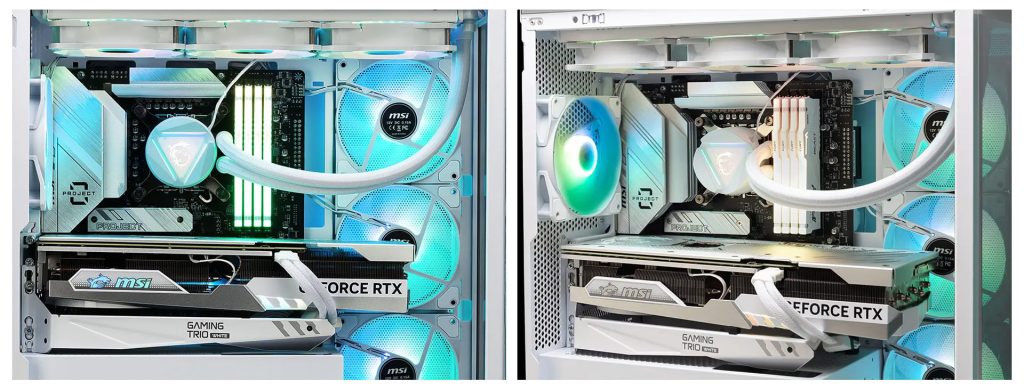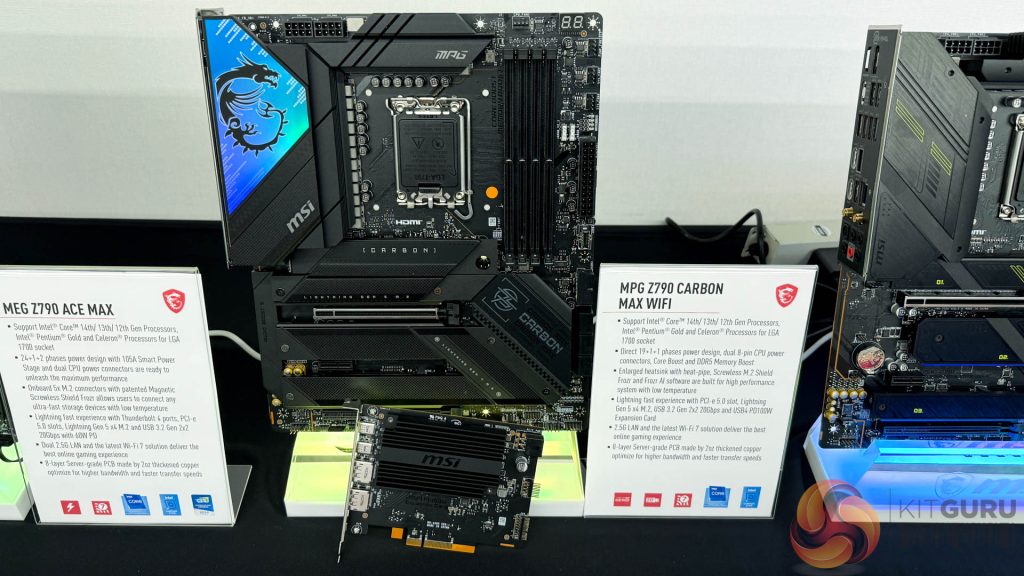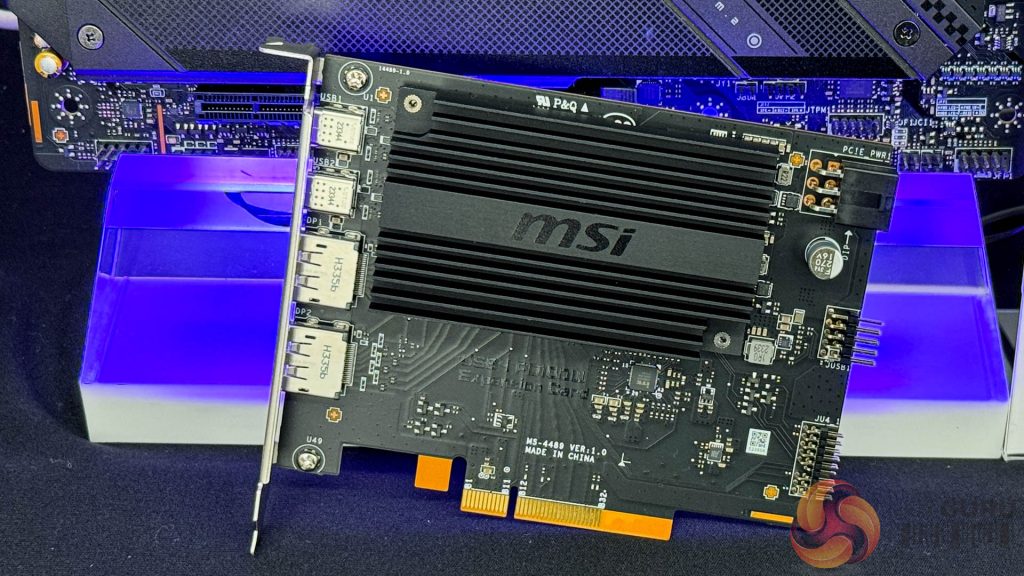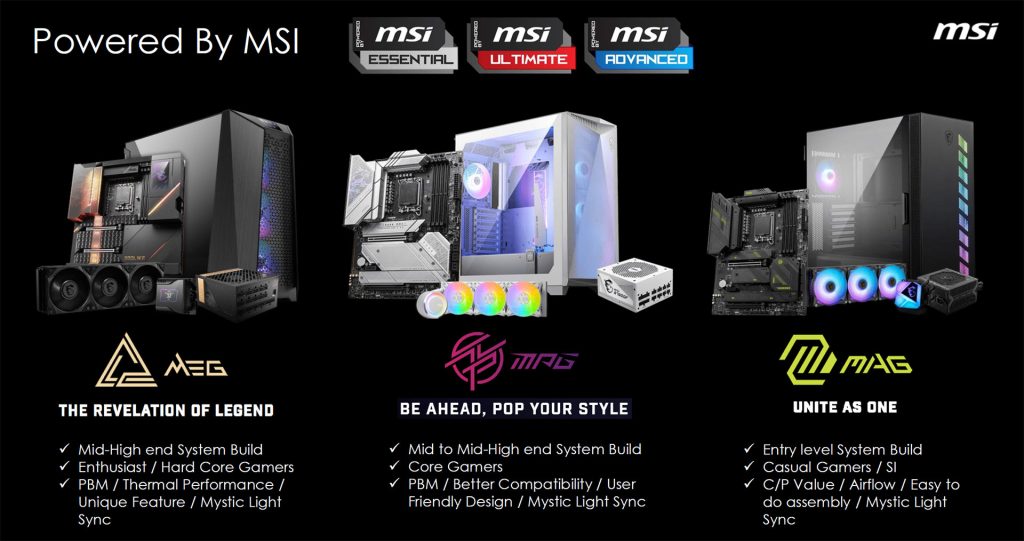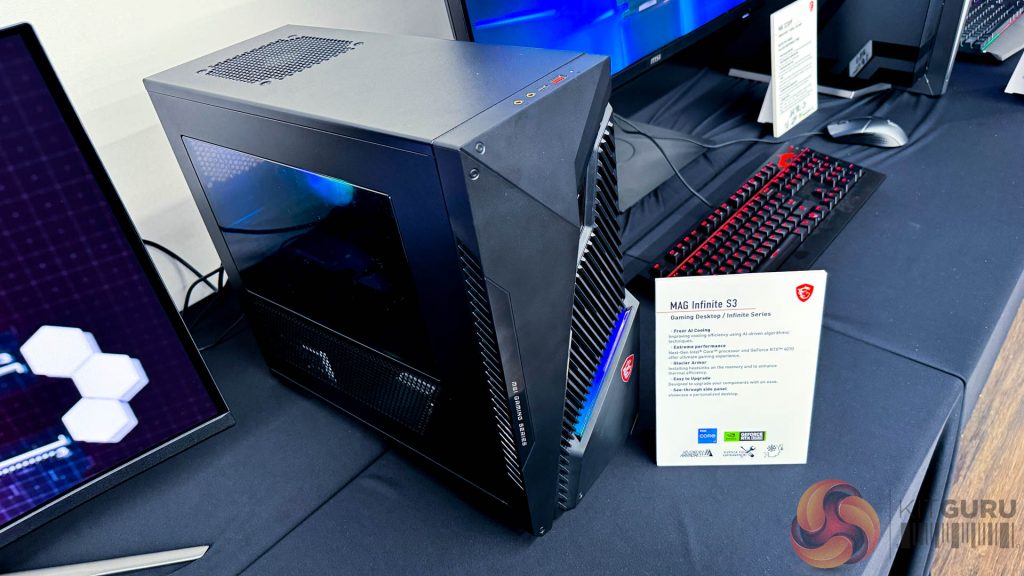January will see a staggering number of new product launches in every category from processors and motherboards, through to chassis, power supplies and screens. KitGuru was lucky enough to be invited to MSI’s head quarters for an early briefing on some special new releases on the EHA Tech Tour of Taiwan. While Intel’s latest processors promise only incremental gains in the short-term, there is an overall change in eco-system happening and the combined effect could be very interesting indeed. Our visit to MSI’s HQ gave us access to the company’s project managers and engineers – as well as partner input – on products that won’t fully come to market until the various Non-Disclosure Agreements (NDA) start to lift around CES. Treading carefully around those agreements, here’s an overview of what we can share right now.
‘Project Zero’ was the term that drew most interest, covering a variety of products that will allow system builders to create PCs which, at first glance, no longer appear to have any cables. For most products, MSI operates a good-better-best model, denoted by similar TLAs (three letter acronyms), as follows:-
- MAG
MSI Arsenal Gaming for gamers with a focus on HD resolutions and affordability - MPG
MSI Performance Gaming when you move up to 1440 or 4K gaming - MEG
MSI Enthusiast Gaming when budget is a secondary concern and you just want everything as fast as it will go
Starting with the Intel LGA 1700 mainboards on show, MSI had everything from 12- to 26-power stages covered as you move from the updated MAG B760 through to the MEG Z790 Godlike Max. The key difference with a lot of these boards is pin positioning, as they are part of the ‘Project Zero’ line up which will allow for PCs to be built with almost no cabling on show. Where possible, the various connectors and headers are around the back and – as long as you have a suitable chassis – even an amateur builder can create something rather special looking.
Suitable chassis, in this instance, means ones that have an appropriate amount of space for all of the cabling to run across the back. The cases themselves tend to be ‘panoramic’, with at least two sides using a transparent material like glass – as these are perfect for showing off your building skills. Viewed ‘side on’ the systems look incredibly clean. Only when viewed from the front/rear of the chassis do you notice that the case is likely to be around 8cm deeper than the motherboard mounting would indicate. In a bright case, with dark/black back panels, the ‘no cabling’ result is very effective.
When it comes to ramping up performance, one issue you can face is that the more memory sticks you add to a build, the slower they all need to run in order to sustain synchronisation. With MSI’s new boards, they are claiming stability at speeds up to 7,800MHz now and they also indicated that this could rise to 8,400MHz or more in the future.
Alongside elevated clock frequencies, the Z790 Max series refresh products will offer significant upgrades for 2024, including support for Wi-Fi 7, EZ Wi-Fi antenna attachment, USB 4 compatibility, an updated JAF1-RGB connector and easy-attach M.2 SSD cooling plates. The logic behind the overall improvement to cooling plate design becomes more apparent when you realise that some of MSI’s boards like the MEG Z790 Godlike Max, will boast seven M.2 SSD mounting points. The more expensive boards will utilise the EZ M.2 Frozr quick-release mechanism for attaching M.2 cooling plates quickly/easily – simplifying installation.
An integral aspect of MSI motherboards is their power supply, employing the DRPS (Duet Rail Power System) design across most models, utilising dual power stages for enhanced performance. The flagship MEG Z790 Godlike Max showcases an impressive setup of 26 105-amp SPS power stages for the processor's power supply, while the more affordable B760 motherboards feature 12 stages.
Ramping up performance, inevitably means more power and therefore more potential for heat. MSI motherboards based on Intel 600/700 and AMD 600 chipsets, all feature fortified ‘Solid Pin Design’ power connectors, incorporating overcurrent and voltage protection for essential components, along with effective heat dissipation.
MSI's proprietary JAF1 RGB lighting connection has received an update, now supporting fan and RGB signal transmission through the same motherboard link via a branching cable – which could open up interesting possibilities for cooling/lighting in the future.
Additionally, models like the MEG Z790 Ace Max and MPG Z790 Carbon Max WiFi have introduced additional connectivity through the new USB4 PD100W standalone card, offering enhanced USB 4 capabilities. The back of this add-in card has 2x DisplayPort 1.4 inputs. MSI explained that by allowing the DisplayPort signal into the PC100W card, you can then use the USB 4.0 ports to run a series of high-resolution monitors in a ‘daisy chain’ – reducing the overall number of cables needed from the back of your PC.
Despite this card being a ‘standalone’ product, MSI told us that they do not have plans to sell it as a separate upgrade for other products – so we assume it is something more like a ‘field test’ for several new technologies that will/may land in future designs based around future Intel chipsets.
Expect to see several of these new technologies in refresh products with the Ace, Carbon and Tomahawk labels.
MSI also showed us the B650M Project Zero board with AMD AM5 chipsets. Again, connections have been repositioned to the rear, with only the graphics card's power cable visible. Other models in this range are set to debut shortly.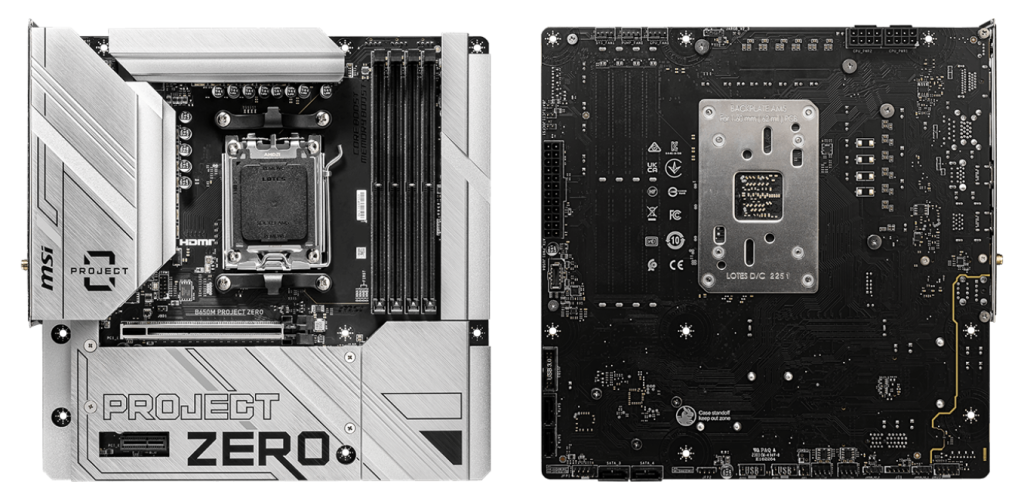
Again, it won’t be possible to build a true Project Zero system without a compatible chassis that has corresponding openings for these new headers.
The presentation also included the X670E Gaming Plus Wi-Fi, a new addition representing the top tier of AM5-based motherboards targeting gamers looking for a sub-£300 product.
MSI will continue to deliver complete systems for the UK retail channel, with the flagship MEG Trident X2 that combined Intel 14th gen processors with GeForce RTX 40 graphics cards. Equipped with an HDMI 2.0 touch screen on the front panel, this model implements separate cooling mechanisms for the processor and graphics card, ensuring optimal performance.
There was also an MPG Infinite X2 14F that uses standard parts with a Core i9-14900KF processor and a GeForce RTX 4090 graphics card – enhanced with AIO liquid cooling. These are expected on UK shelves later in January 2024.
The ‘death’ of hard drives means that we were constantly hearing the term ’12 volt only’ or 12VO on this tour. MSI claims that pure 12VO solutions offer enhanced efficiency and reduced power consumption. Whilst not a major topic of discussion so far in the UK, issues with the power supply grids of certain states like California, means that anything that can be done to reduce demand in millions of PCs is a good thing and likely to be backed up with increasingly strong legislation – so this trend will likely expand out globally.
Discuss on our Facebook page, HERE.
KitGuru says: MSI already have a lot of improved products coming through to full production, but we expect to see a lot of launches soon – in terms of screens, chassis and more over at CES.
 KitGuru KitGuru.net – Tech News | Hardware News | Hardware Reviews | IOS | Mobile | Gaming | Graphics Cards
KitGuru KitGuru.net – Tech News | Hardware News | Hardware Reviews | IOS | Mobile | Gaming | Graphics Cards


